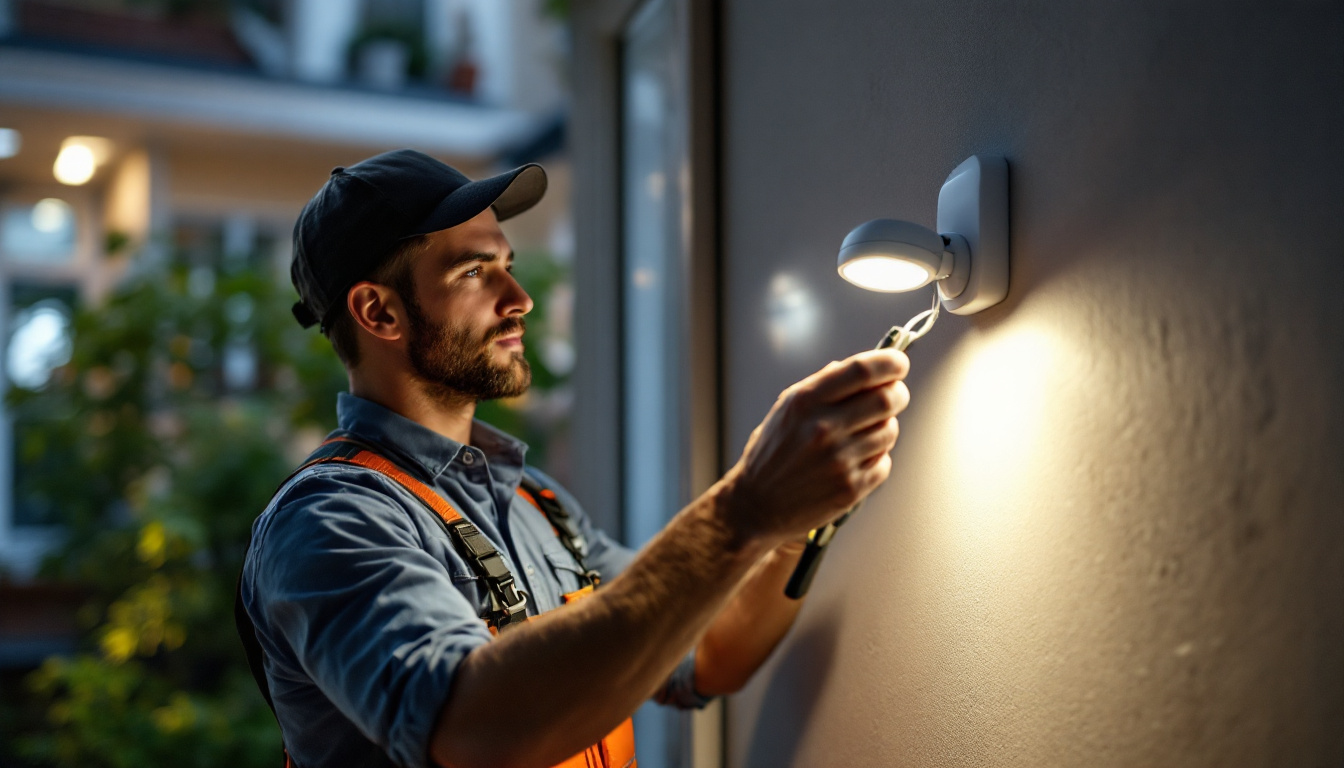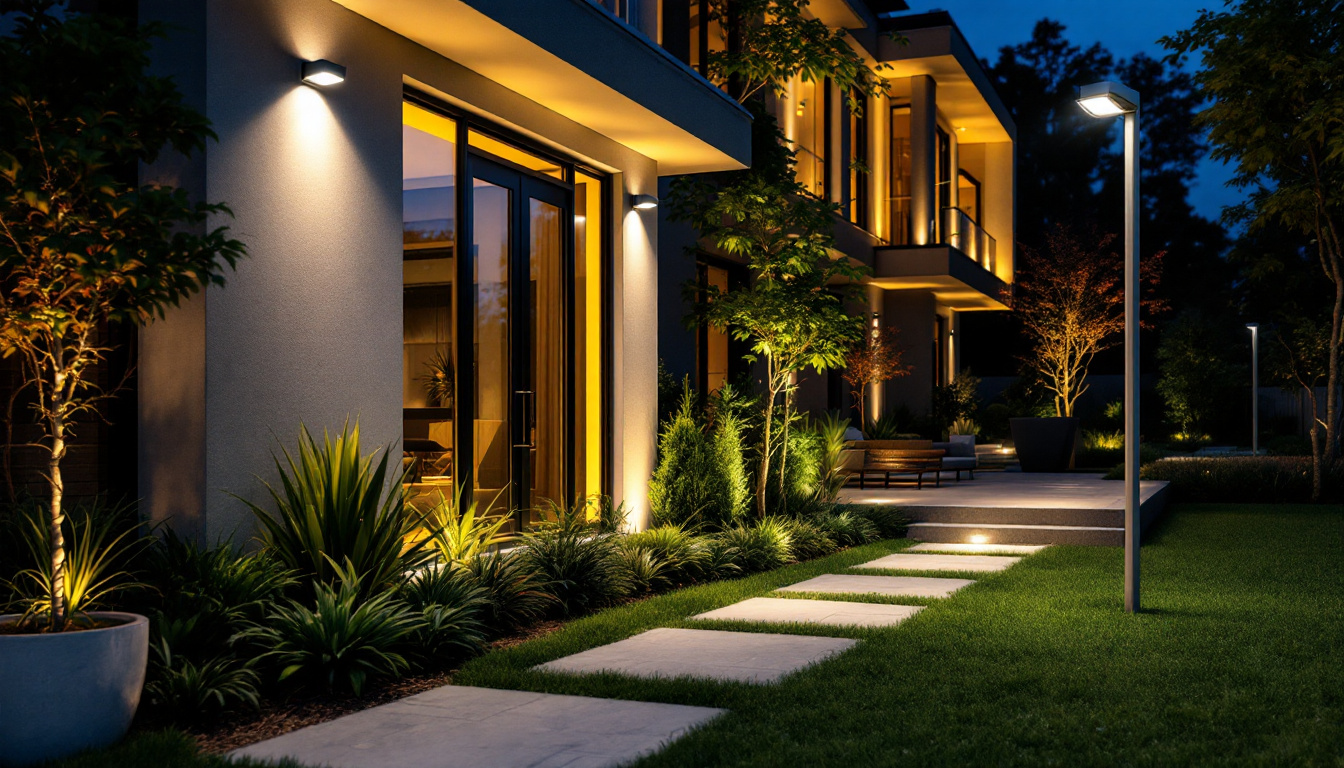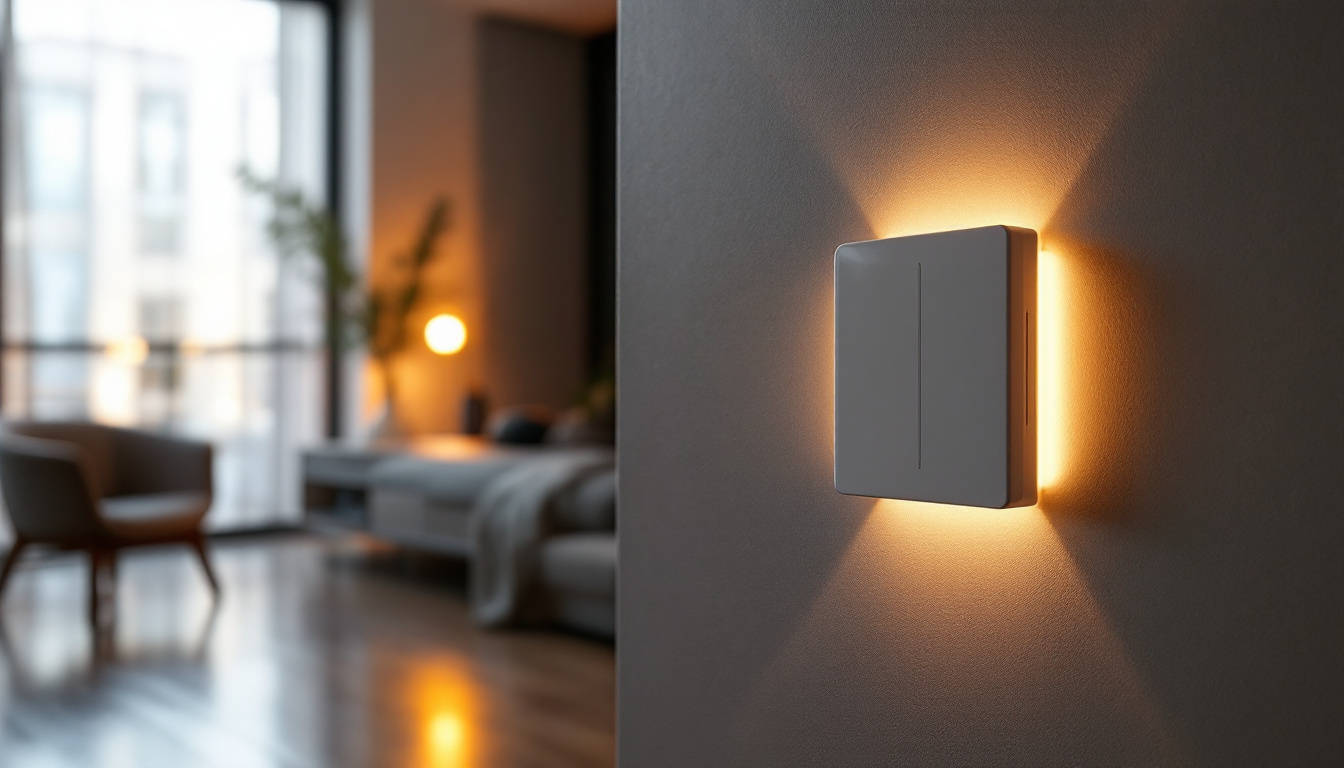

In the ever-evolving landscape of lighting solutions, sensor automatic lights have emerged as a pivotal component for modern installations. These systems not only enhance energy efficiency but also provide convenience and safety in various settings. For lighting contractors, understanding the nuances of sensor automatic lighting is essential for successful project execution. This checklist serves as a comprehensive guide to ensure that all aspects of sensor automatic light installations are covered.
Sensor automatic lights are designed to turn on or off based on environmental conditions, such as the presence of motion or ambient light levels. This technology has gained popularity in both residential and commercial applications, owing to its ability to reduce energy consumption and enhance user experience. By automatically adjusting to the surrounding environment, these lights not only provide convenience but also contribute to sustainability efforts by minimizing unnecessary energy usage.
There are several types of sensors used in automatic lighting systems, each serving a unique purpose. The most common types include:
Understanding the differences between these sensors is crucial for selecting the right type for specific applications. Each sensor has its own advantages and limitations, making it important to assess the project requirements carefully. For instance, while motion sensors are excellent for detecting movement, they may not be as effective in areas with constant activity, where occupancy sensors might be more suitable.
Sensor automatic lights are versatile and can be applied in various environments:
Each application has unique requirements, and understanding these can help contractors make informed decisions during installation. For example, in a residential setting, the focus might be on ease of use and aesthetic appeal, while in a commercial or industrial context, the emphasis could be on durability and energy savings. Additionally, integrating these sensors with smart home systems or building management systems can further enhance their functionality, allowing for remote control and monitoring, which is becoming increasingly popular in modern design.
Before diving into the installation of sensor automatic lights, several pre-installation considerations must be addressed. These factors can significantly influence the success of the project.
A thorough site assessment is essential. This involves evaluating the layout, existing lighting, and specific needs of the space. Factors to consider include:
By conducting a detailed assessment, contractors can tailor their approach to meet the unique demands of each installation. Additionally, understanding the flow of movement within the space can help determine optimal sensor placement. For example, in a commercial setting, high-traffic areas like hallways and entrances may require more sensitive sensors to ensure that lights activate promptly as people enter. Conversely, in residential settings, it may be beneficial to consider the habits of the homeowners, such as their typical movement patterns during the evening hours, to enhance convenience and energy efficiency.
Selecting the appropriate sensors and lighting fixtures is critical. Factors to consider include:
Investing time in equipment selection can lead to smoother installations and better long-term performance. Furthermore, it’s important to consider the energy efficiency ratings of the fixtures and sensors. Opting for LED lights, for instance, not only reduces energy consumption but also extends the lifespan of the lighting system. Additionally, some modern sensors come equipped with smart technology that allows for remote monitoring and adjustments, providing an added layer of convenience for users. This integration can be particularly beneficial in larger facilities where managing multiple lighting zones can become complex.
The installation process for sensor automatic lights requires careful planning and execution. Following a systematic approach can help ensure that the project is completed efficiently and effectively.
Before beginning the installation, gather all necessary tools and materials. Common tools include:
Having the right tools on hand can prevent delays and ensure that the installation proceeds smoothly. Additionally, it’s wise to review the installation manual provided by the manufacturer, as it often contains specific instructions tailored to the model of lights you are installing. Familiarizing yourself with the components and their functions can significantly ease the installation process and help you troubleshoot any potential issues that may arise.
Wiring and mounting the sensors and lights is a critical step in the installation process. Follow these guidelines:
Taking the time to ensure that wiring and mounting are done correctly can prevent issues down the line and enhance system reliability. It’s also beneficial to consider the placement of the sensors in relation to potential obstructions, such as trees or buildings, which could interfere with their range. Moreover, testing the sensors in various conditions, such as at night or during inclement weather, can provide insights into their performance and help you make adjustments to optimize their sensitivity and coverage area. This proactive approach can lead to a more efficient lighting system that meets your needs effectively.
Once the installation is complete, thorough testing and adjustments are necessary to ensure optimal performance. This phase is crucial for identifying any potential issues that may arise.
Testing the functionality of sensor automatic lights involves checking each component to ensure it operates as intended. Key aspects to test include:
Conducting comprehensive tests can help identify any adjustments needed to optimize performance.
Many sensor automatic lights come with adjustable settings that can be fine-tuned after installation. Consider the following:
Proper adjustments can enhance user satisfaction and improve energy efficiency.
Regular maintenance and troubleshooting are essential for ensuring the longevity and effectiveness of sensor automatic lights. Contractors should be familiar with common issues and maintenance practices.
Establishing a routine maintenance schedule can help prevent issues before they arise. Key maintenance tasks include:
By prioritizing maintenance, contractors can extend the lifespan of the lighting systems they install.
Even with proper installation and maintenance, issues may occasionally arise. Common problems include:
Identifying the root cause of these issues often involves reviewing the installation setup and making necessary adjustments or repairs.
Sensor automatic lights represent a significant advancement in lighting technology, offering numerous benefits in terms of energy efficiency and user convenience. For lighting contractors, mastering the installation and maintenance of these systems is crucial for meeting client expectations and ensuring project success.
This checklist serves as a valuable resource, guiding contractors through the essential steps of understanding, installing, and maintaining sensor automatic lights. By adhering to these best practices, contractors can enhance their service offerings and contribute to a more sustainable future in lighting solutions.
Ready to elevate your lighting installations with the latest sensor automatic lights? Look no further than LumenWholesale, where we provide contractors with the highest quality, spec-grade lighting products at unmatched wholesale prices. Say goodbye to local distributor markups and hello to superior lighting solutions that meet the strictest industry standards. With our hassle-free bulk buying and free shipping, you can trust that you’re getting premium lighting at the best value — all without hidden fees or compromises. Don’t miss out on the perfect combination of quality, affordability, and convenience. Visit LumenWholesale today and experience Wholesale Lighting at the Best Value for your next project.

Discover why Satco is a game-changer for lighting contractors.

Discover the transformative power of LED lamps in warehouses with our comprehensive guide.

Discover how LED floodlights can transform your outdoor spaces with innovative lighting designs.

Discover why smart light switches are revolutionizing the lighting industry and what every contractor needs to know to stay ahead.
Get notified when NEW deals are released.
Optimize your budget with wholesale discounts.
Only top-quality, specification-grade lighting products.
No additional costs at checkout - what you see is what you pay.
We understand the unique needs of contractors.